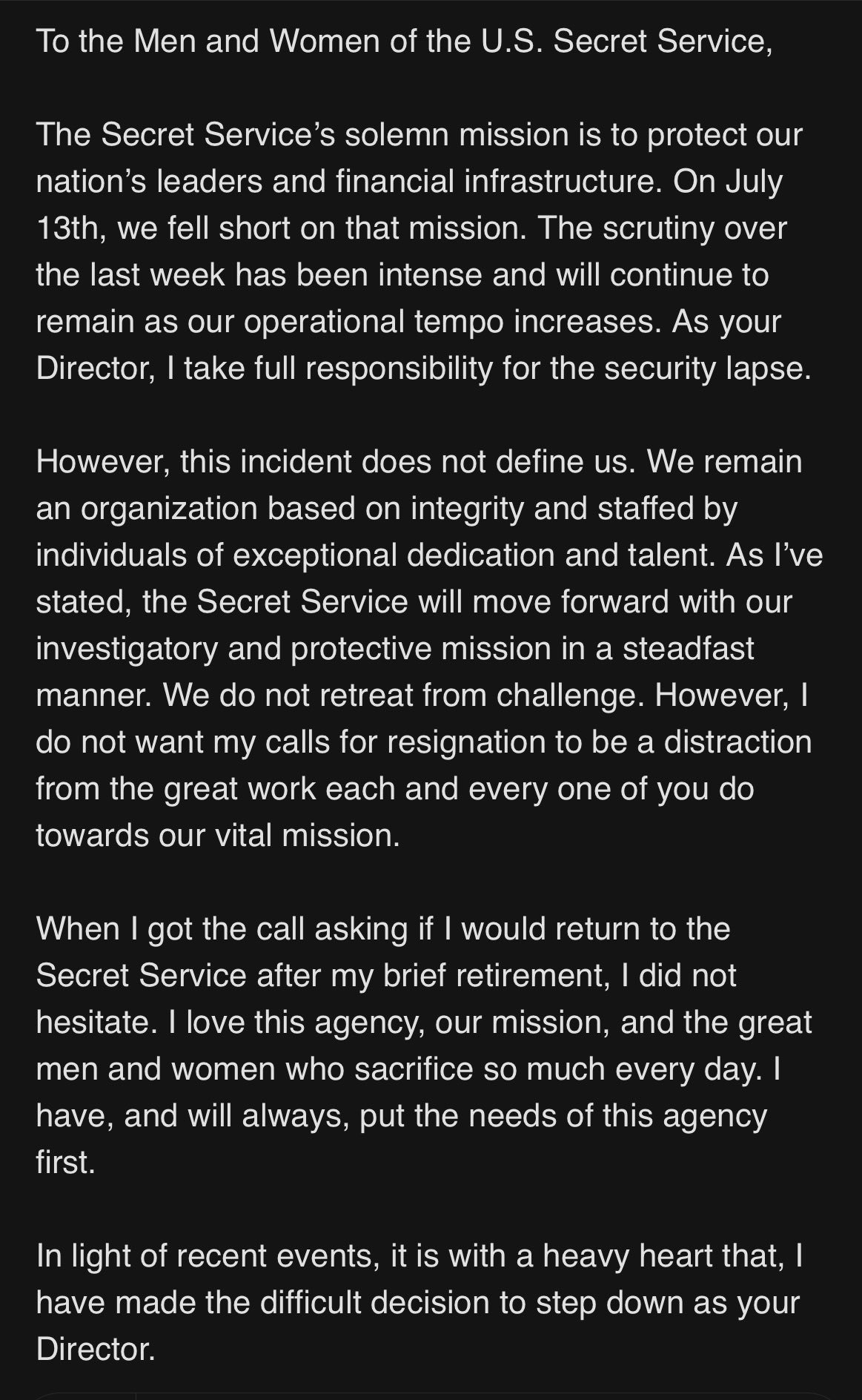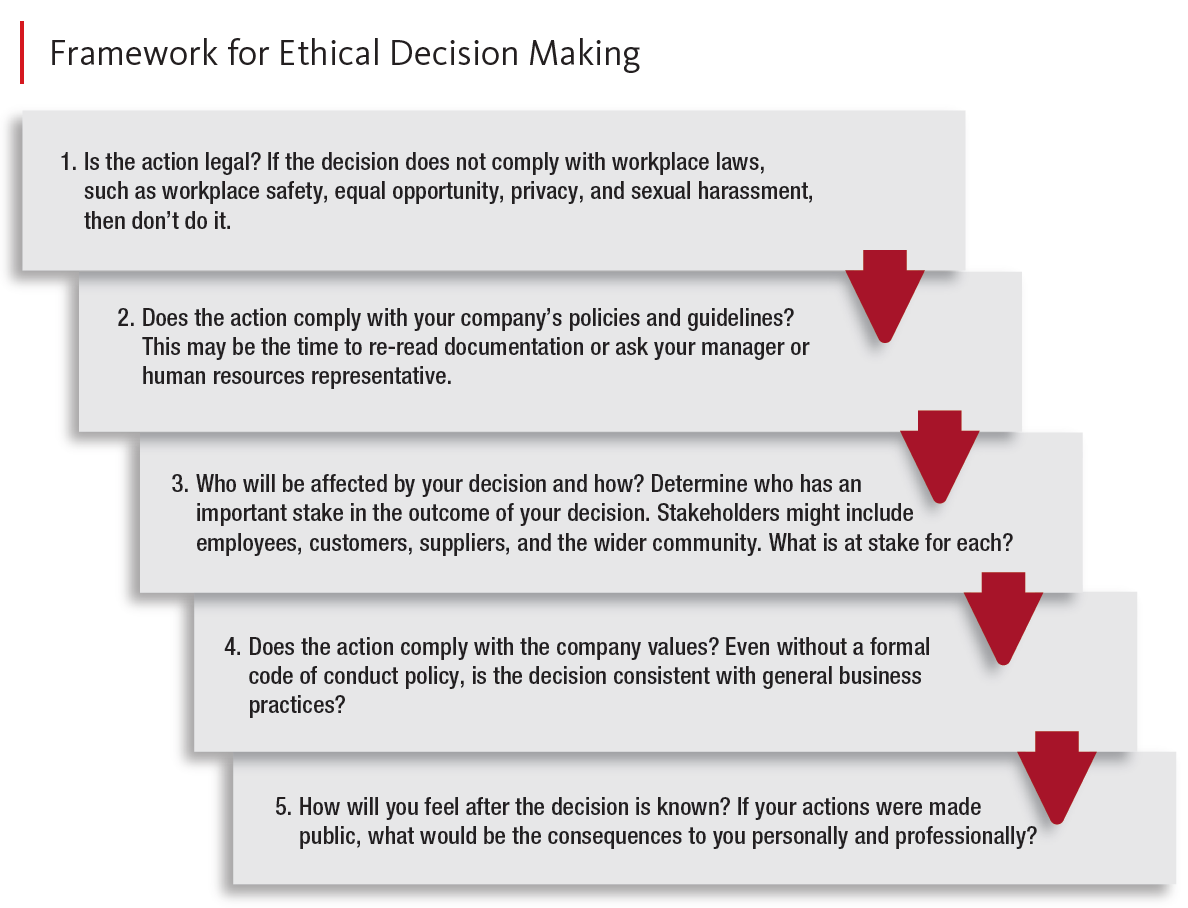The Debate and BCom Principles
/The U.S. Presidential Debate is ripe with topics to discuss in class. Without getting into political alignments, students can analyze the following:
The initial greeting: VP Harris approached former President Trump to shake his hand. Was this a good choice? How did the greeting appear?
Voice: VP Harris’s voice was unsteady at the beginning but improved during the debate. How did that affect her message?
Presence and nonverbals: How did the candidates’ appearance affect their positions? Some commenters wondered how they would appear on stage because of their height difference—and cited evidence about past election winners. How did they compare?
VP Harris’s “baiting”: Analysts said VP Harris baited Trump, for example, by talking about people leaving his rallies. They said this was intentional to rattle him, and that it worked—he became more emotional and said things that hurt his position. Did students detect this strategy when it happened?
Gun ownership: VP Harris said that she and Governor Walz own guns. How would students verify this? What are they used for—and does that make a difference? What was the purpose of this statement?
CNN verification: A couple of times, reporters contradicted claims on the spot (e.g., about pets and abortion extended beyond birth). How did students perceive these moderator interruptions? Did they seem fair or biased?
Answering questions: VP Harris was asked about changing her positions, for example, on fracking. She evaded the question. How did her approach work?
Audience: The debate was held in Pennsylvania. How did that audience affect what the candidates said? Did they adapt their message? Was that appropriate, given that no audience response was allowed and the program was televised nationally?
Memes: What memes have students seen after the debate? How do they react to them? Are they funny? Do students believe they influence voters?
Taylor Switch endorsement: How do students perceive Taylor Swift’s endorsement? Why did she choose the timing, approach, and signature line? What could be the effect?
Winner: Who “won” the debate? What does it mean to win the debate? Will it matter for the voters who already have a preferred candidate—or for those who were undecided?
My hope is that these questions are neutral, but my own political views may have seeped in—and I understand this is a challenging class discussion. The Southeast region of the Association for Business Communication hosted a Teaching Circle for faculty to explore whether and how to discuss election communications in our classes. I presented with my Cornell colleague, David Lennox, and we’ll present at the Annual International Conference in October with Christy McDowell. More to come.























